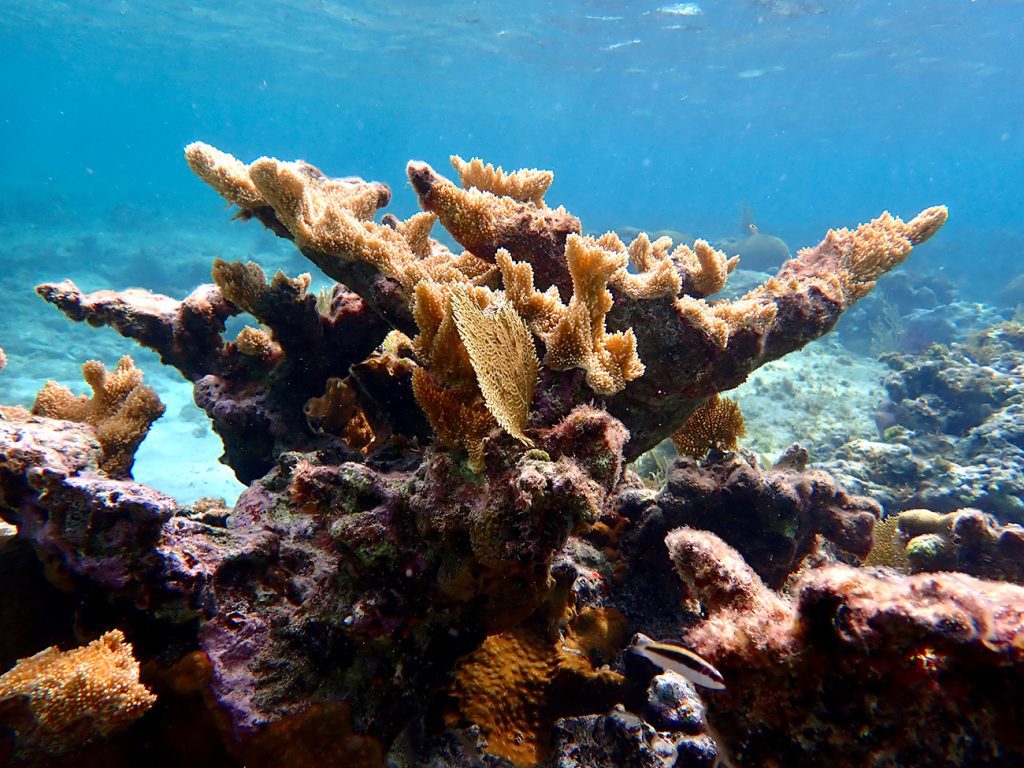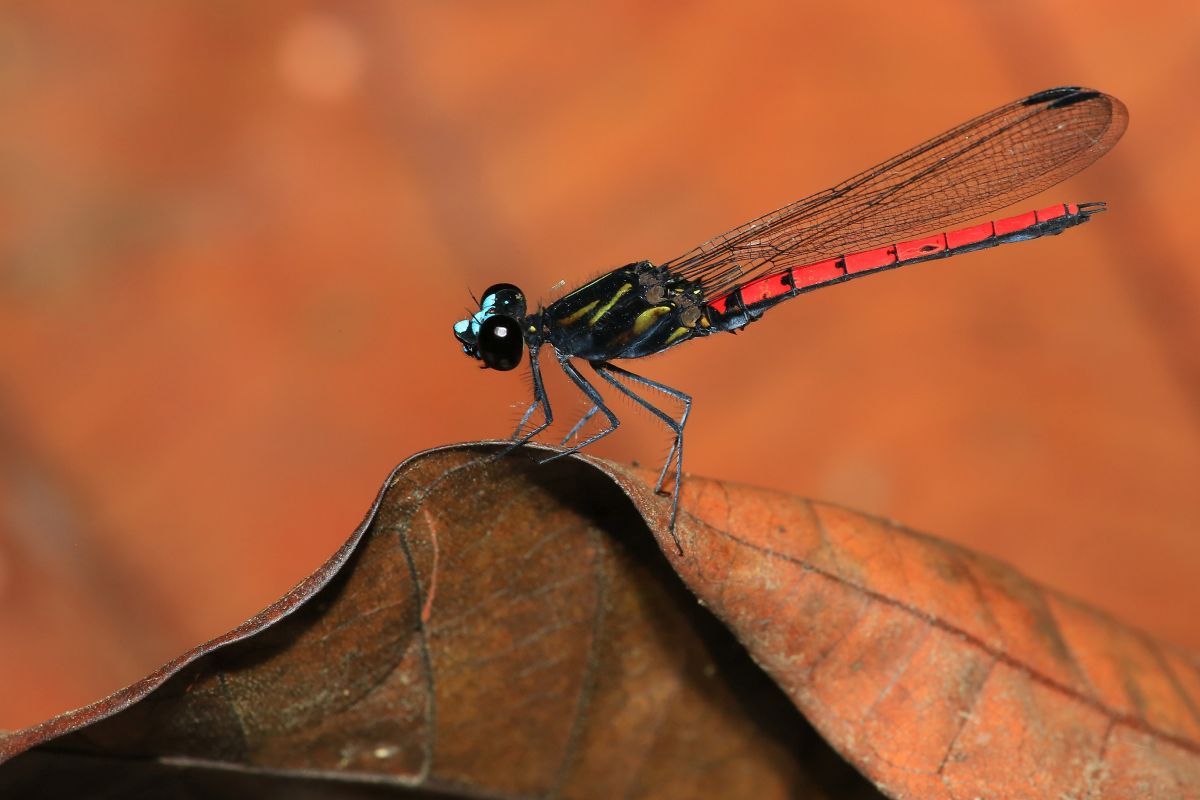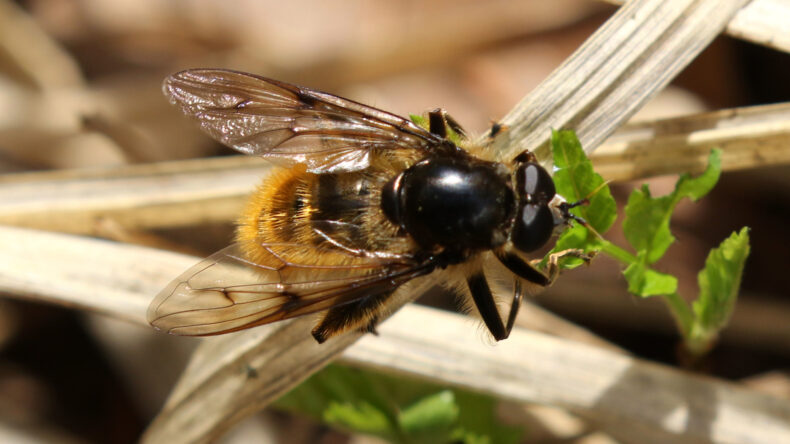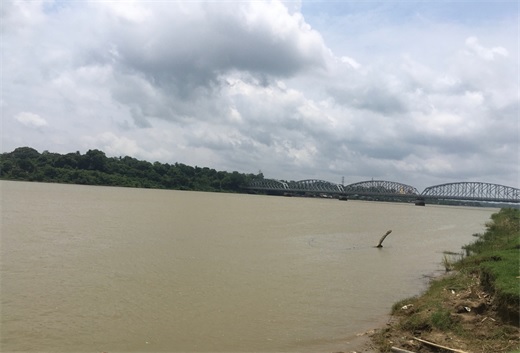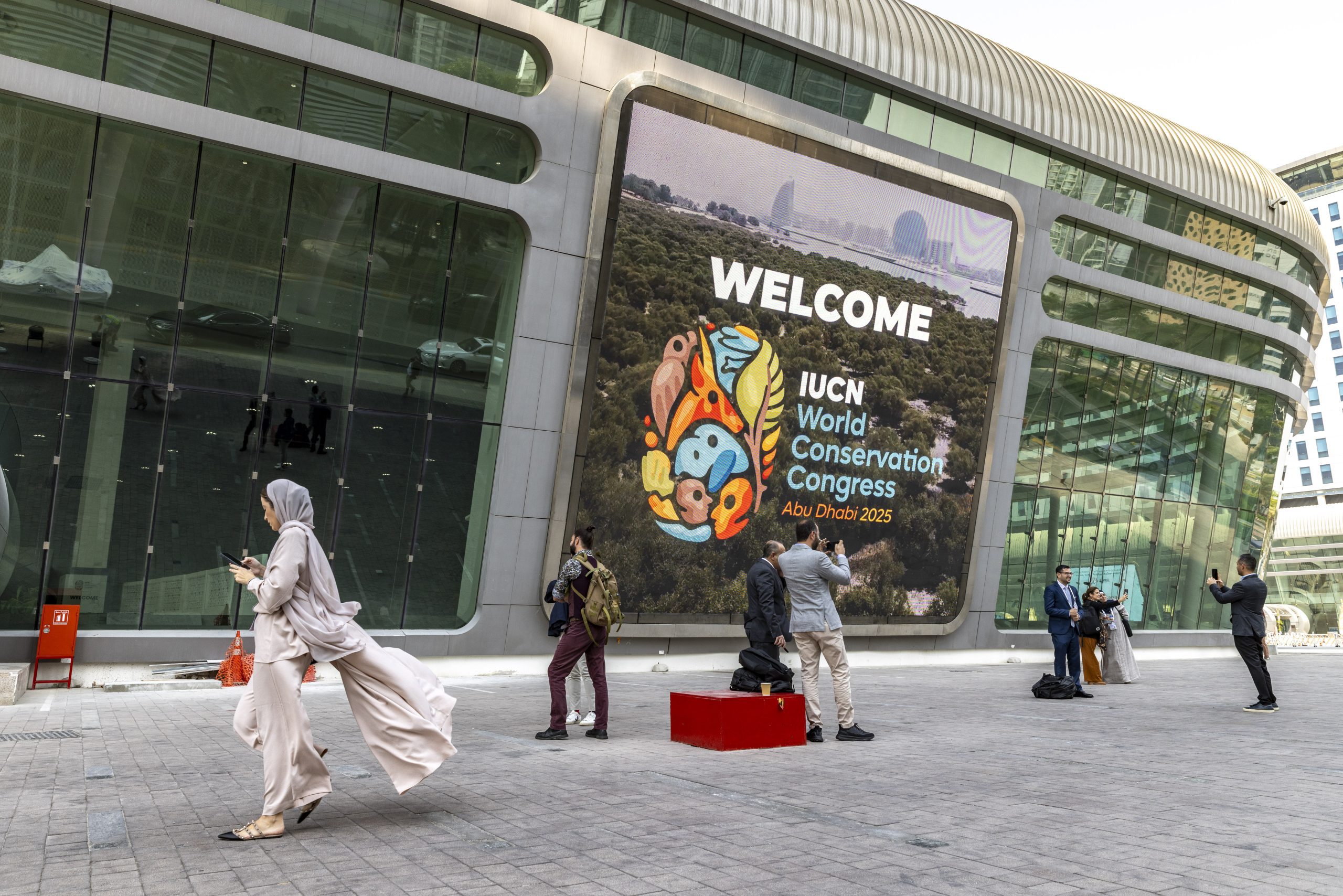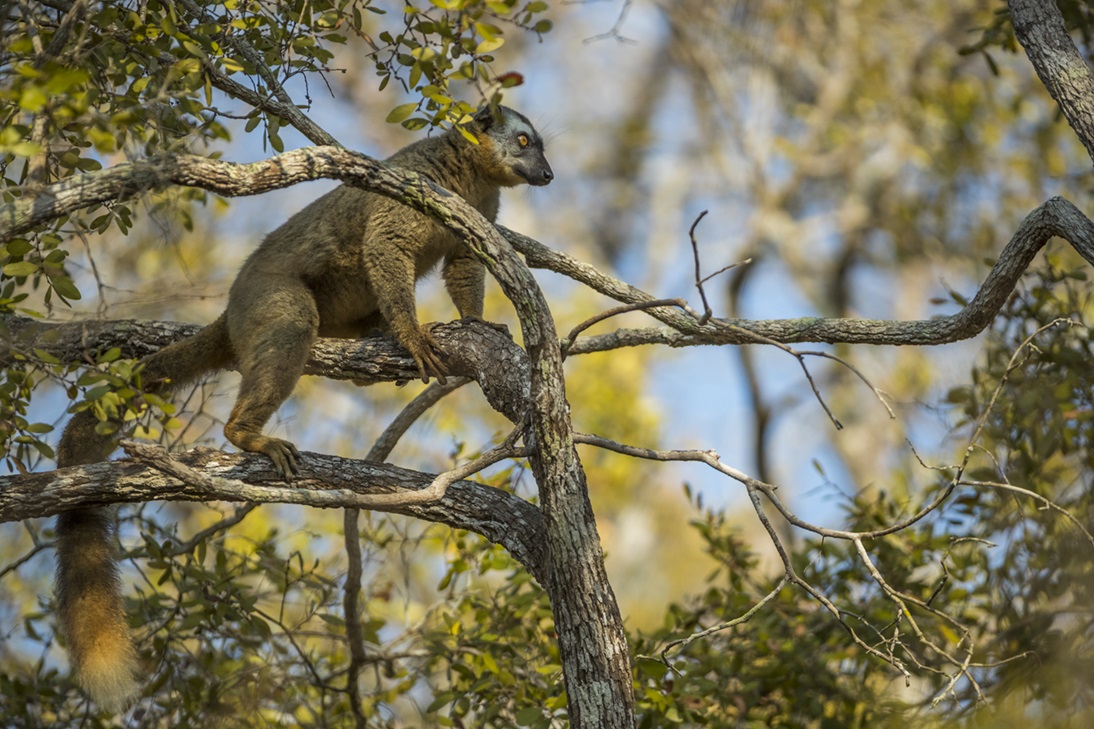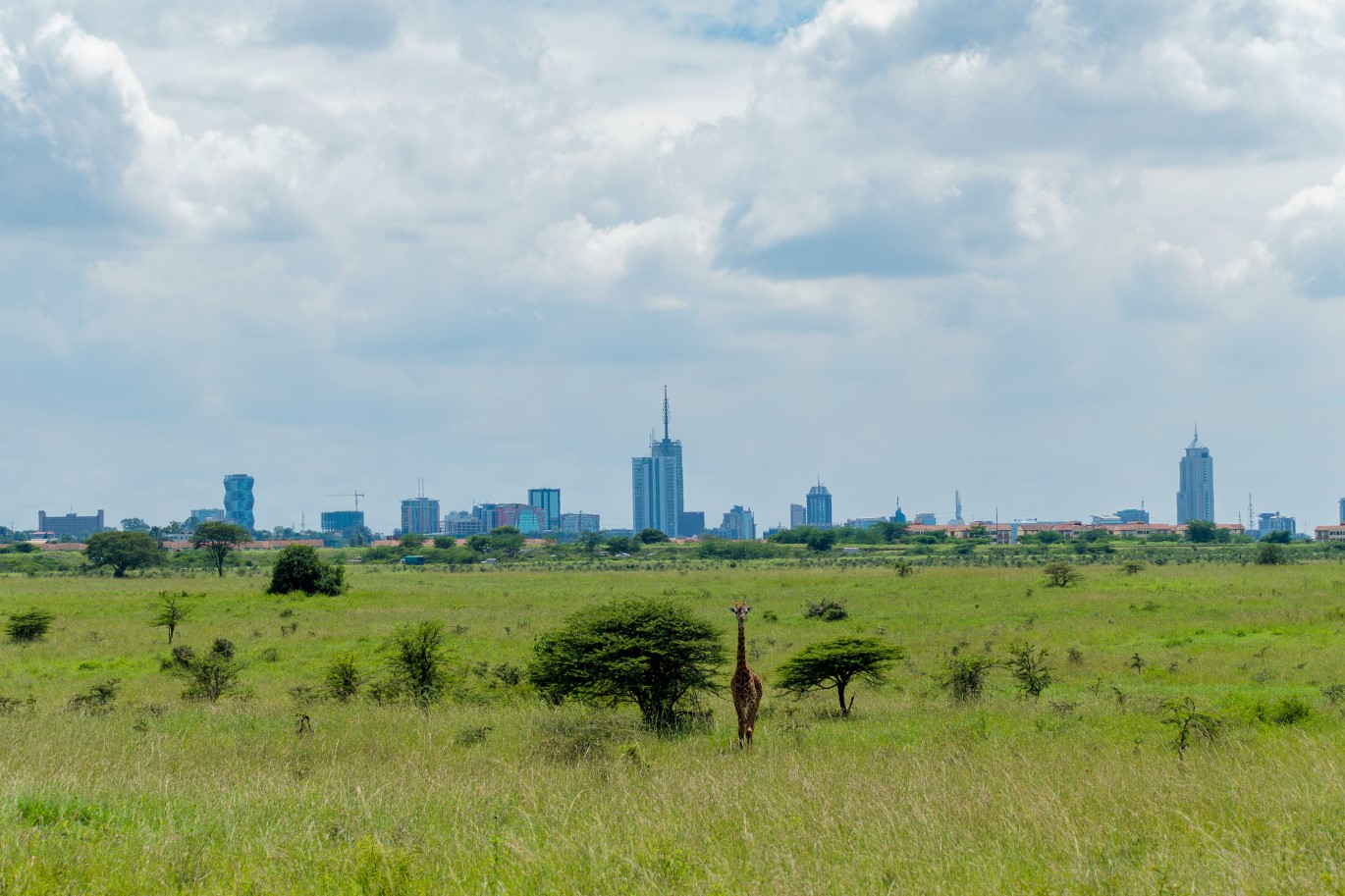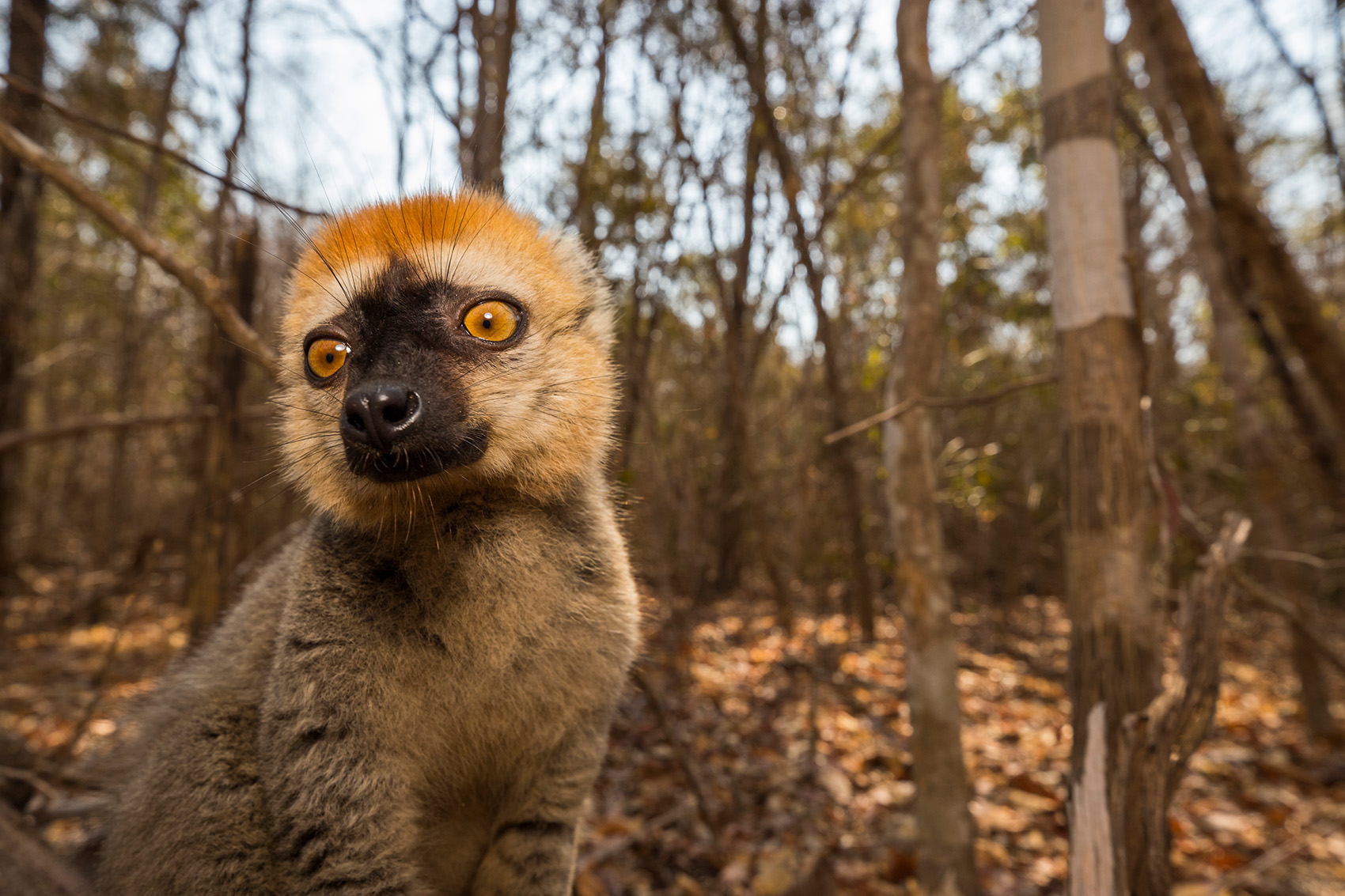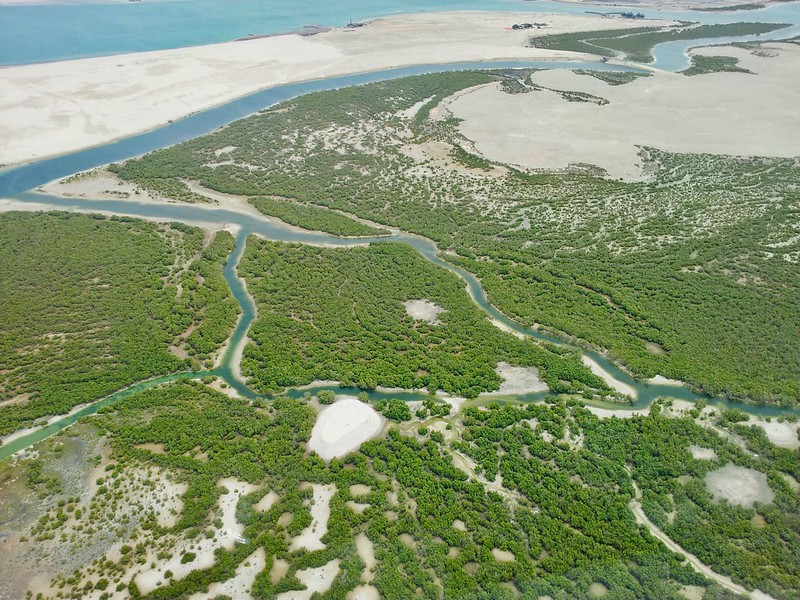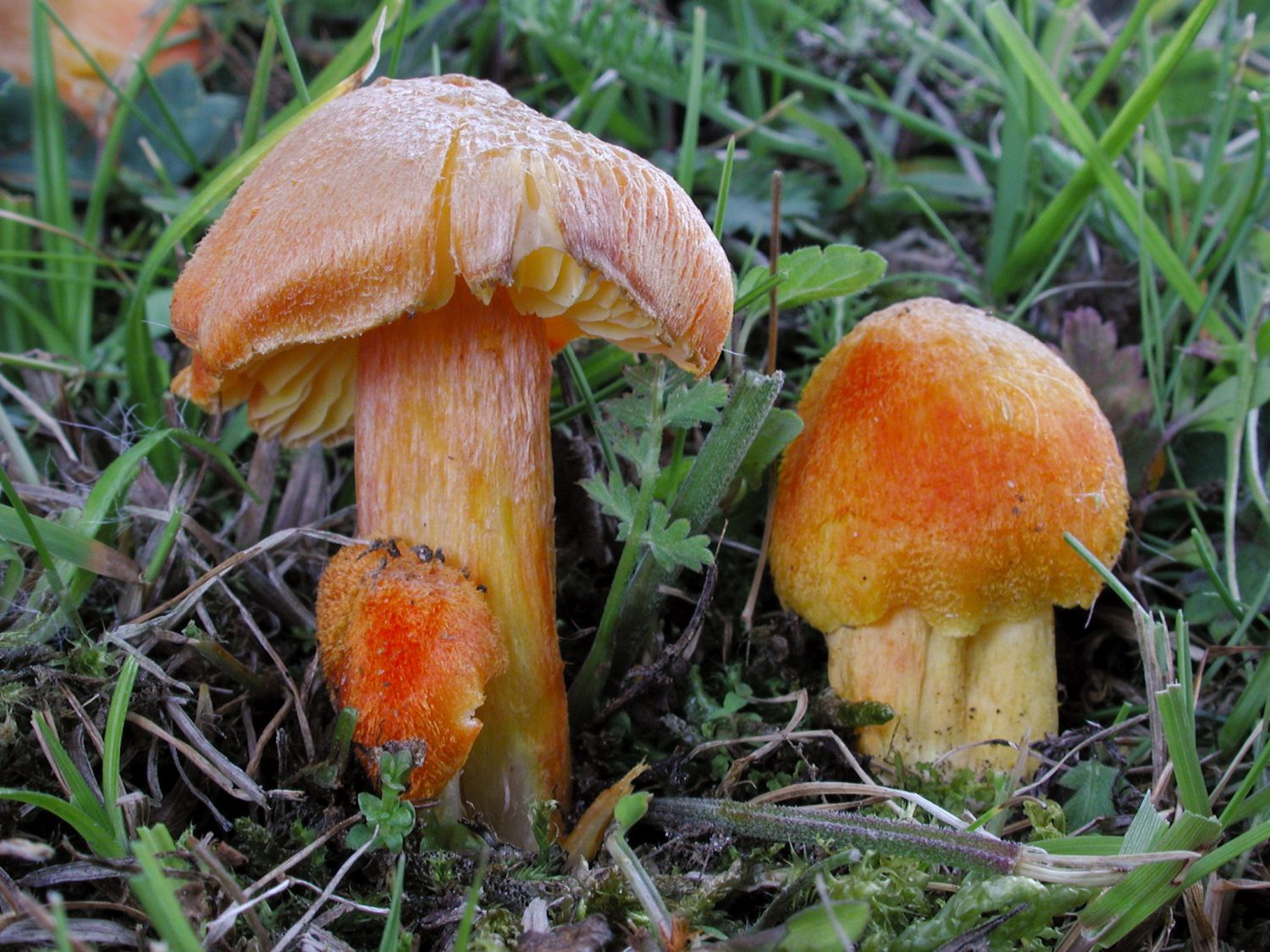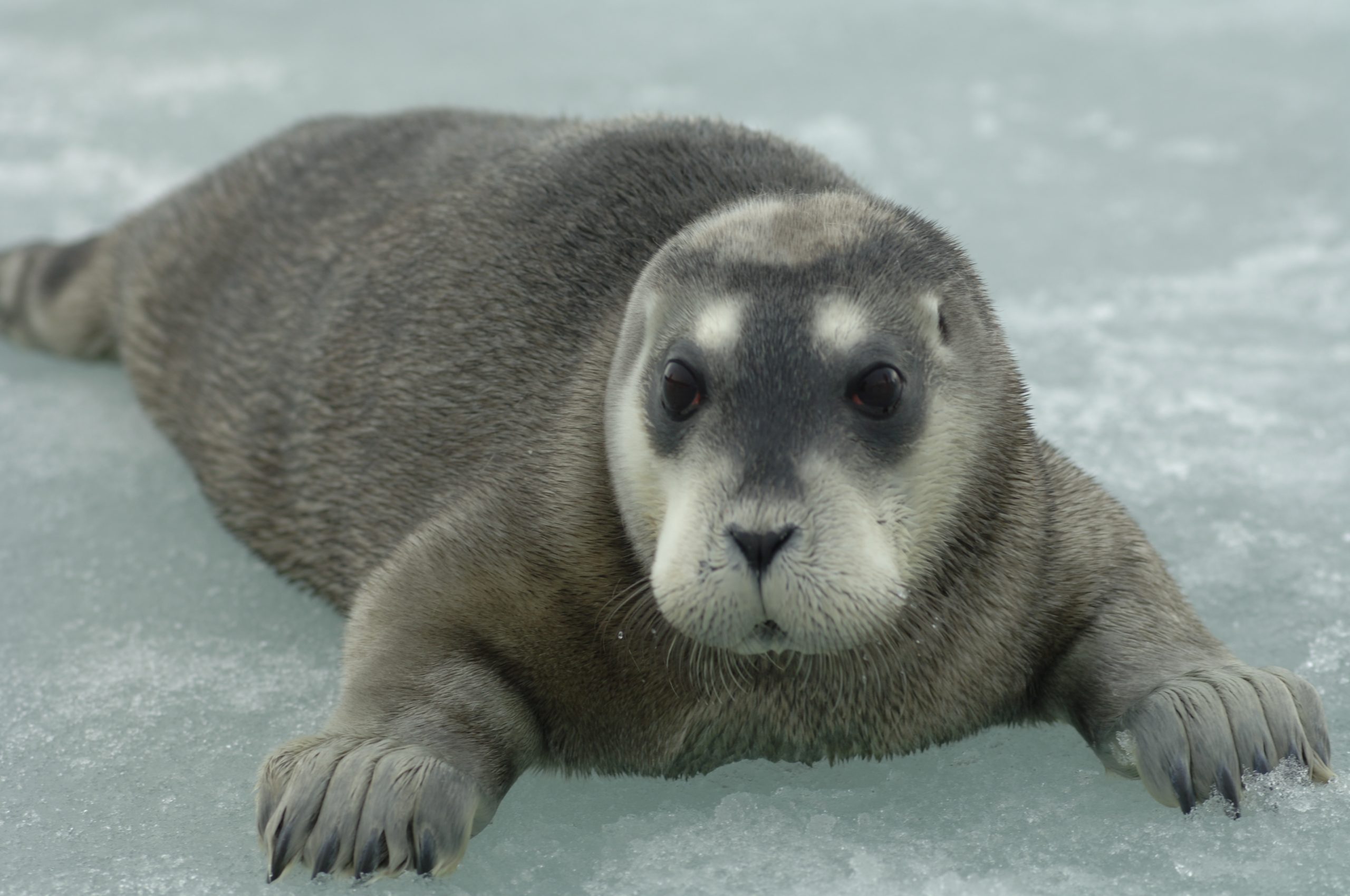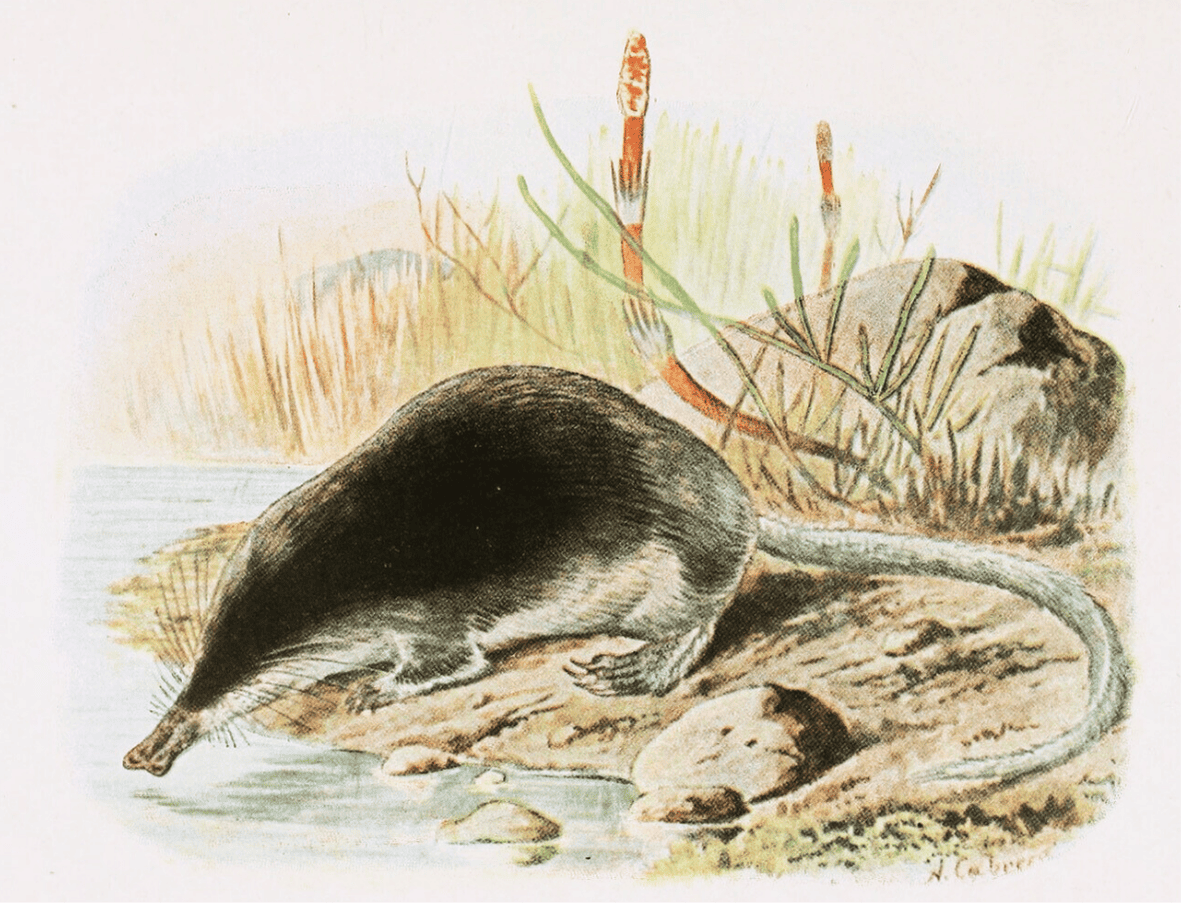Baku, Azerbaijan, 13 November 2024 (IUCN) – Forty-four per cent of reef-building coral species globally are at risk of extinction, the IUCN Red List of Threatened Species™ reveals following a global assessment announced today at the ongoing COP29 UN climate conference in Azerbaijan.
Related content
Primary tools and resources
Ramsar Wetland Sites of International Importance
A Ramsar site is a wetland designated to be of international importance under the Ramsar Convention (The Convention on Wetlands). The convention provides for national action and international cooperation on the conservation and sustainable use of wetlands. Sites are identified according to any one of nine criteria. The Ramsar Classification System for Wetland Types has been developed by the Ramsar Convention. There are currently more than 2,400 Ramsar Sites around the world, covering over 2.5 million km2. The Ramsar Sites Information Service (RSIS) provides online information on wetlands that have been designated as internationally important.
How to use
- For further information on the Convention visit: https://www.ramsar.org
- For an overview of the Ramsar Sites network or to obtain information on a specific Site, visit
- https://rsis.ramsar.org/
- The Administrative Authority of a Contracting Party can submit or update Ramsar Site information using the new online RIS by logging in or registering – instructions at: https://rsis.ramsar.org/sites/all/modules/custom/rsiswp_main/data/RSIS_Instructions_E.pdf
The Franklinia Foundation – for Conservation Threatened Trees
The Franklinia Foundation is a private foundation under Swiss law established in 2005 that provides financial support for nature conservation projects. Its objective is to ensure the conservation of threatened tree species throughout the world and to improve their conservation status.
IPBES Thematic Assessment Report on Invasive Alien Species and their Control
The IPBES Thematic Assessment of Invasive Alien Species and their Control was adopted in September 2023 and synthesizes information from over 13,000 references on IAS into a comprehensive scientific assessment and a concise summary document for policy makers. The assessment assesses the current status and trends of invasive alien species, their impacts, drivers, management, and policy options to address the challenges they pose. It results from four years of work by experts from 49 countries.
International Finance Corporation (IFC) Standards on Social and Environmental Sustainability
The IFC Performance Standards (PS) provide standardised guidance on identifying risks and impacts of major infrastructure and development projects. The standards are designed to help avoid, mitigate, and manage the risks and impacts of such projects in a sustainable way, including stakeholder engagement and disclosure obligations. Application of the IFC Performance Standards is required by many multilateral donors, such as the World Bank, for projects they are financing.
PS 6 covers Biodiversity Conservation and Sustainable Management of Living Natural Resources, PS 1 Assessment and Management of Environmental and Social Risks and Impacts, and PS 7 Indigenous Peoples.
The IFC Performance Standards are available in several languages.
The Urban Nature Indexes
The IUCN Urban Alliance, a broad coalition of IUCN constituents concerned with the urban dimensions of nature conservation, has unveiled a new knowledge product for measuring the ecological performance of cities: the IUCN Urban Nature Indexes (UNI). Comprising six themes with five indicator topics nested within each theme, the UNI is intended to help policymakers, stakeholders and local communities understand their impacts on nature, set science-based targets for improvement, and monitor progress using science-based measures. By enhancing environmental transparency and accountability, and by focusing on improvement rather than fixed targets, the UNI aims to catalyse local action for nature in all cities.
The Sustainable Food Systems Programme
The One Planet Network’s Sustainable Food System (SFS) Programme contributes to a transformation towards sustainable food systems that was called for at the UN Food Systems Summit in 2021. The SFS Programme is a partnership focused on urgent transformation towards sustainable food systems as a critical strategy to achieve the Sustainable Development Goals.
The SFS Programme has four objectives and five cross-cutting themes to support its goal of accelerating the shift to sustainable food systems. The Programme has developed a range of tools to providing guidance for the transformation to sustainable food systems.
IUCN Green List of Protected and Conserved Areas Standard
A protected or conserved area that reaches the IUCN Green List Standard is certified and recognised as achieving ongoing results for people and nature in a fair and effective way. A site that gains ‘Green List’ status demonstrates: Respect: for the local community through fair and meaningful engagement of rights-holders and stakeholders; Design: planning that identifies the needs to secure the important values of the area; Effective management: monitoring of the status of these important values; Successful conservation results: for nature and for people; Clear contribution: to climate change responses, health and well-being and other challenges. The seventeen criteria collectively describe the efforts needed to fully achieve the global Sustainability Standard and all must be achieved for a site to be green-listed. The indicators can be adapted to suit the local context. Any site can join, and work towards achieving verified success, and then attain the Standard or further improve.
Integrated Biodiversity Assessment Tool (IBAT)
IBAT is a biodiversity impact assessment tool that enables companies and other users to screen the potential risks to biodiversity and key sites from proposed development. IBAT is
based on three global datasets, the IUCN Red List of Threatened Species, World Database on Protected Areas, and World Database of Key Biodiversity Areas]. IBAT provides data, tools, and guidance to assist organisations in acting on biodiversity-related risks and opportunities, and provide sustainable funding to support biodiversity datasets. IBAT has a GIS download service which is available through five plans, ranging from free to USD 35,000 /year, according to the level of access required. Data can be downloaded at global level or at more local levels. Biodiversity data reports can be generated as a pdf document, or as raw data in CSV format, and/or map files. IBAT report templates include a simple proximity report, a World Bank Group risk report, and a freshwater report.
CBD Programme of Work on Agricultural Biodiversity
This CBD programme of work consists of four elements (assessment, adaptive management, capacity-building, and mainstreaming) and three cross-cutting initiatives (on conservation of pollinators, soil biodiversity, and biodiversity for food and nutrition). The programme of work identifies policy issues that governments can consider when addressing such matters, while considering various ways and means to improve the capacity of stakeholders and to promote the mainstreaming and integration of agricultural biodiversity into sectoral and cross-sectoral plans and programmes at all levels.
Open Standards for the Practice of Conservation
The Open Standards for the Practice of Conservation, or Conservation Standards (CS) for short, are a set of principles and practices that bring together common concepts, approaches, and terminology for conservation project design, management, and monitoring. They were developed by the Conservation Measures Partnership (CMP), have been widely adopted, and are updated regularly in collaboration with the wider conservation community. The Conservation Standards are open-source (Creative Commons license) and can be shared, used, and adapted as users wish to fit their context.
The Standards describe ideal practices for doing effective conservation work, using a mutually defined vocabulary and focus on a rigorous approach to project management. Recognising that adequate resources are lacking, a draft “Cookbook” for Lighter Approaches to the Conservation Standards and a supporting video are also provided.
GEOBON Essential Biodiversity Variables (EBV)
The Group on Earth Biodiversity Observation Network (GEO BON) developed the concept of Essential Biodiversity Variables (EBVs) to advance the collection, sharing, and use of biodiversity information to aggregate, harmonise and interpret biodiversity observations collected by different methods such as in situ monitoring or remote sensing. EBVs can be visualised as biodiversity observations at one location over time, or in many locations, aggregated in a time series of maps. Essential variables to understand climate, biodiversity, and other environmental changes have already been developed (e.g. Essential Climate Variables, Essential Ocean Variables).
How to use
Details of the method, the EBVS already developed, and results are available at: https://geobon.org/ebvs/what-are-ebvs/
The Intergovernmental Panel on Climate Change (IPCC)
The IPCC is the United Nations body for assessing the science related to climate change. The objective of the IPCC is to provide governments at all levels with scientific information that they can use to develop climate policies. IPCC provides regular assessments of the scientific basis of climate change, its impacts and future risks, and options for adaptation and mitigation. IPCC reports are also a key input into international climate change negotiations.
An open and transparent review by experts and governments around the world is an essential part of the IPCC process to ensure an objective and complete assessment and to reflect a diverse range of views and expertise. Through its assessments, the IPCC identifies the strength of scientific agreement in different areas and indicates where further research is needed. The IPCC does not conduct its own research.
The IPCC has completed its Sixth Assessment cycle, during which it produced Assessment reports from its three Working Groups, three Special Reports, a Methodology Report, and the Synthesis report (SYR 6) which was finalized in March 2023.
The Species Conservation Toolkit Initiative (SCTI)
SCTI is a partnership initiative between several NGOs and ex situ organizations to ensure that new innovations and tools needed for species risk assessment, conservation planning, and population management are developed, globally available, and used effectively. SCTI combines expertise in population biology, computer programming, and planning to build modelling tools essential to guide conservation actions for threatened species in the wild, to facilitate the intensive management of species in ex situ programmes, and to integrate conservation efforts across all types of management approaches.
Open Standards for the Practice of Conservation
The Open Standards for the Practice of Conservation, or Conservation Standards (CS) for short, are a set of principles and practices that bring together common concepts, approaches, and terminology for conservation project design, management, and monitoring. They were developed by the Conservation Measures Partnership (CMP), have been widely adopted, and are updated regularly in collaboration with the wider conservation community. The Conservation Standards are open-source (Creative Commons license) and can be shared, used, and adapted as users wish to fit their context.
The Standards describe ideal practices for doing effective conservation work, using a mutually defined vocabulary and focus on a rigorous approach to project management. Recognising that adequate resources are lacking, a draft “Cookbook” for Lighter Approaches to the Conservation Standards and a supporting video are also provided.
Guidelines for rewilding
These guidelines offer both a call for change and general guidance for users. The following five guidelines, adapted from the ten guiding principles for rewilding (Carver et al., 2021), provide a foundation for understanding and taking action to prevent further losses in nature, promote the recovery of biodiversity, and support the restoration of ecological integrity.
Other Effective Area-based Conservation Measures (OECM)
The governments of the world adopted the following definition of an OECM in 2018: “A geographically defined area other than a Protected Area, which is governed and managed in ways that achieve positive and sustained long-term outcomes for the in-situ conservation of biodiversity, with associated ecosystem functions and services and where applicable, cultural, spiritual, socio–economic, and other locally relevant values”. OECMs complement protected areas through sustained, positive conservation outcomes, even though they may be managed primarily for other reasons. These sites are documented in the World Database on OECMs. This definition was only recently adopted and most countries have not yet provided data, but this does not mean that no OECMs exist in those countries. The World Database on OECMs is available on the Protected Planet website.
How to use
For IUCN World Commission on Protected Areas (WCPA) guidance on recognising OECMs:
https://doi.org/10.2305/IUCN.CH.2019.PATRS.3.en
To search for information on an existing site on the World Database on OECMs:
https://resources.unep-wcmc.org/products/4c1733823f2a451e8d5ecbaaef3f1a06WDPA
ECOLEX
ECOLEX is an information service on environmental law, operated jointly by FAO, IUCN, and UNEP. Its purpose is to build global capacity by providing the most comprehensive possible source of information on environmental law, in an easily accessible form. This is particularly helpful in developing countries and countries with economies in transition, where government officials, practitioners, environmental managers, non-profit institutions and academia may not have easy access to the information they need to develop the legal tools needed to promote environmental management.
The ECOLEX database includes information on treaties, international soft-law and other non-binding policy and technical guidance documents, national legislation, judicial decisions, and law and policy literature. Users can access the abstracts and indexing information about each document, as well as to the full text of most of the information provided.
Framework for Ecosystem Restoration Monitoring (FERM)
The FERM framework was developed by FAO to support countries in reporting areas under restoration for Target 2 of the Kunming-Montreal Global Biodiversity Framework. It is the official monitoring platform for tracking global progress and sharing good practice for the UN Decade on Ecosystem Restoration. It includes the FERM Guidance which provides information, a geospatial platform, and a registry of restoration initiatives.
Species Recovery Manual for Plants
Botanic Gardens Conservation International and the International Association of Botanic Gardens have jointly published the BGCI and IABG Recovery Manual for Plants to guide projects on plant species recovery. The manual sets out the aims and purpose of species recovery and the steps involved, and indicates good practice. The manual is aimed at conservation practitioners but also includes comprehensive bibliographic references, which enable more in depth reading on the topics covered.
The Mohamed bin Zayed Species Conservation Fund
The Mohamed bin Zayed Species Conservation Fund The Fund was established in 2008 with an initial endowment of €25,000,000 to: Provide targeted grants to individual species conservation initiatives; Recognize leaders in the field of species conservation; and Elevate the importance of species in the broader conservation debate. The Fund provides small grants to boots-on-the-ground, in-the-field species conservation projects for the world’s most threatened species.
The Fund is open to applications for funding support from all parts of the world for direct conservation projects focused on threatened plant, animal, and fungus species. Grants are awarded according to criteria set by the Species Fund, and are for a maximum of $25,000.
IUCN guidelines for gathering of fishers’ knowledge for policy development and applied use
Small-scale fisheries provide food security, livelihoods and income to millions of people but their management still presents a challenge to managers and other stakeholders due to problems in gathering suitable information and its incorporation in fisheries policy. Fishers are a key source of knowledge for assessment of both extractive capacity and value in small-scale fisheries, in addition to providing a broad array of cultural knowledge. The increasing recognition of the value of incorporating traditional fishing knowledge in freshwater, riverine, lacustrine and coastal and marine fisheries management is now evident in international conventions and published literature. The purpose of these guidelines is to make it easier for users to recognise and include fishers’ knowledge as an important data stream in resource management. The report includes details on the breadth of knowledge that can be gathered, how it can be gathered, and how this information can be applied to support sustainable fisheries policy and broader applications in society. It contains case studies from Africa, Asia, the Caribbean, Central and South America, and the Pacific.
Important Plant Areas (IPAs)
IPAs are key sites for exceptional botanical richness. They are identified using three criteria: threatened species, botanical richness (including socially, economically, and culturally valuable plants), and threatened habitats. IPAs contribute to implementing the Global Biodiversity Framework and are a component of National Biodiversity Strategies and Action Plans.


